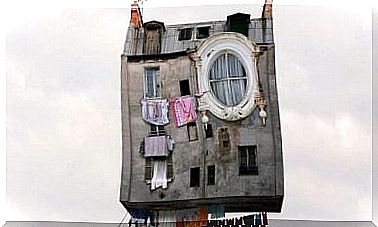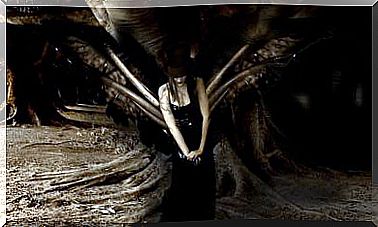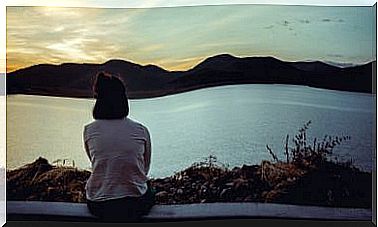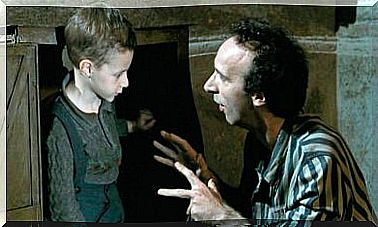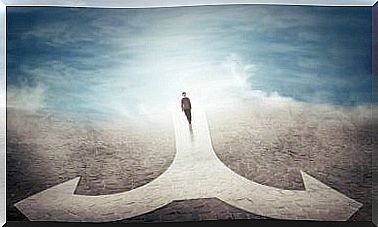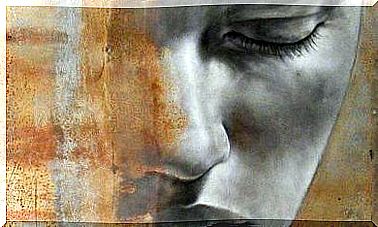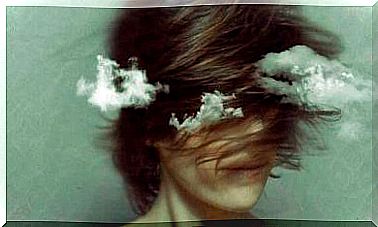The Bar: The Absurdity Of Human Nature

The last two films by Bilbao-born filmmaker Álex de la Iglesia came almost hand in hand, El Bar and Perfect strangers were released in 2017, although their impact was very different. While the first obtained a somewhat more discreet box office, the second became the director’s highest grossing film. Perhaps, the plot of the remake is more attractive to the mass public, but the truth is that it loses, in some way, the essence of the director. The Bar , on the other hand, is much closer to the peculiar style that Álex de la Iglesia has used to.
A wild, wild and violent beast style where the worst instincts come to the fore. De la Iglesia feels comfortable in that neighborhood bar and in that grotesque setting in which the action will lead. It is in its midst, in the key of its cinema and its success. Something that, on the other hand, plays a bit against him; that comfort makes him trust, trust too much in his film and that anything, however implausible and repetitive, can succeed.
De la Iglesia has us very used to a diverse and choral cast that works really well. But he tends to limp in the endings, at the close of his films. The succession of crazy events can be fascinating, but also fall into an absurdity that is difficult to bear. Personally, I can say that El Bar is an enjoyable, entertaining film with a really attractive plot. However, it can become tiring, to become a film that fails to shine within the filmmaker’s filmography, which becomes “more of the same.”
One normal morning, in the center of the gigantic Madrid, a group of people have breakfast in a bar smoothly. Some know each other, others are passing through. Suddenly, normality is interrupted by the tragic: someone has just been shot dead outside the bar. The urban chaos has vanished, the city seems deserted and this group of characters is trapped inside the bar.
The Bar has an interesting plot, it deepens and draws the characters well. As if it were a reflection of society, De la Iglesia has managed to capture the truth behind the mask. The nature that we hide behind the roles we play in society.
The Bar , a no-place
The bar that we see in the film is a bar like any other, without any special charm. That bar where people from the surroundings go to have breakfast in the morning or people who, like Elena, will never set foot in it again. In that limited, but known space, the characters that give life to the film will move.
Marc Augé is a French anthropologist who is credited with creating the term no-place. What exactly is a no-place? A place of passage, a place where identity does not manifest itself, a space for artificial communication, which does not contribute anything to the individual. Augé identifies highways, hotel rooms, airplanes, etc. as non-places. That is to say, places where we will stay for a short time, with which we are hardly going to interact and from which, with difficulty, we will extract meaningful relationships.
The non-place is opposed to the anthropological place, the place where identity resides. Non-places are spaces of transit, in constant movement. Spaces that contemporary society is more than plagued with. Whether or not a space is a non-place is totally subjective. It will depend on what this means for each individual and the degree of interaction we have with him. There are those who see in these spaces a kind of crossroads, of exchanges.
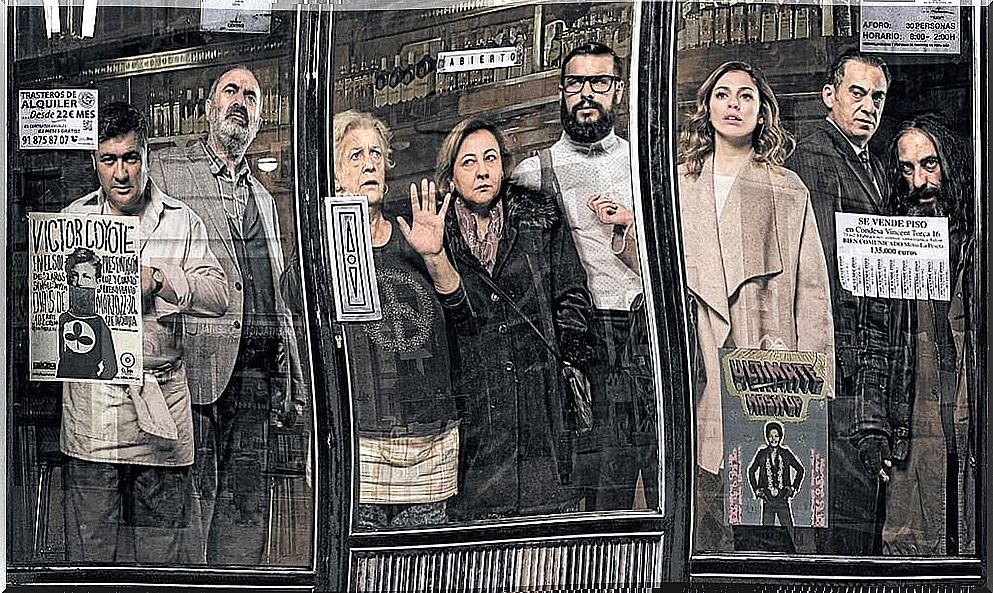
Thus, the setting for Álex de la Iglesia’s film is a bar with considerable flow and change. A no-place within the framework of the city that does not stop growing and moving, a place of anonymity for many and a refuge for others. In this way, we meet Elena, a young woman who enters the bar only to charge her mobile; and to Trini, a customer who comes to play the slot machine every day.
Elena and Trini are not the only characters that are in the reduced space, but a total of 8 characters will remain locked in it. Álex de la Iglesia has already shown his taste for claustrophobia, for locking up a group of people in a place from which they will not be able to leave and in which they will experience extreme situations. Along these lines, he has given us titles such as La Comunidad or Mi gran noche and, for obvious reasons, the film El Bar has not escaped comparisons with one of the greats on the national scene: The Exterminating Angel (1962) by Luis Buñuel.
The Bar starts in a small space where conversations are not too deep; a place that, for each character, represents something different. A space that will be frozen in front of the frenetic pace of the contemporary city.
The choral cast as a representation of society
The Bar is a good caricature of the Spain of our days, as it perfectly depicts the customs of our society. The characters are very diverse: a homeless person; a posh young woman, but tremendously insecure; a normal-looking, middle-aged woman with gambling problems; a young hipster ; a former police officer who was expelled for his alcohol problems; etc.
As the situation becomes more desperate, the characters will show themselves as they really are. The Spanish philosopher Eugenio Trías spoke of these questions in his work Philosophy and Carnival. For Trías, we act in relation to conventions, to the roles that society itself has given us. These roles are multiple, we do not act the same in all situations or project the same image.
This is precisely what we appreciate in the case of the film. Following the example with which we began, Elena’s, we see that the young woman does not act the same when talking on the phone with her friend as when entering the unknown bar. Likewise, all the characters present a certain duality: the image they project, compared to the secrets they hide from others.
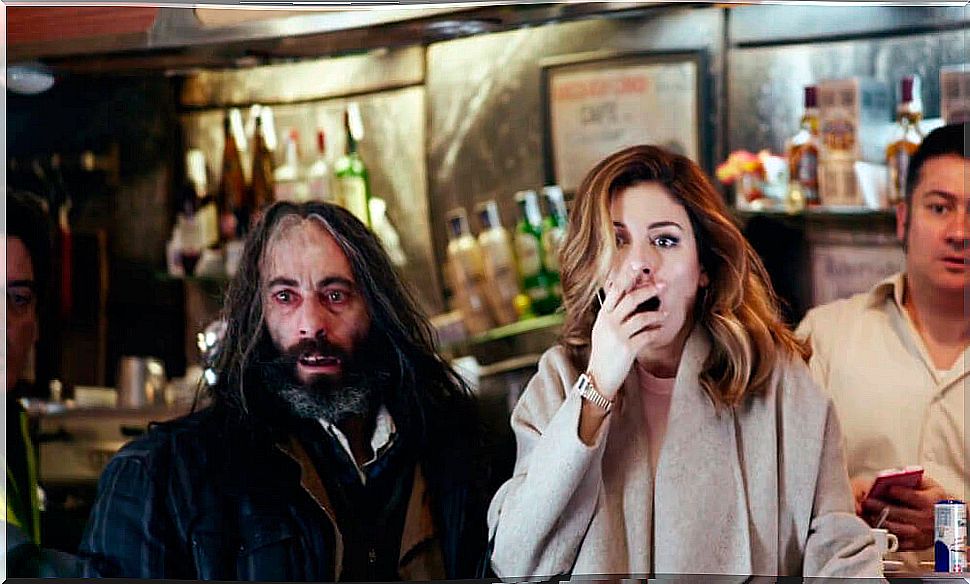
This masked ball is a reflection of our world, of the bars we frequent daily, of modern cities in which identities are increasingly multiple. Interestingly, the character whose identity remains most stable at all times is Israel, the homeless. Israel seems not to belong to the same world as the rest, he shows himself as a man who will have had countless problems in his past, but at no time does he try to deceive us.
As the situation turns desperate, all the characters will fight to survive, for their individual survival, regardless of that of others. In the midst of this “for himself who can”, the masks will dissolve, showing the hypocrisy that our world contains. However, Israel does not shed its mask, or at least it does so to a lesser extent; why? Simply because Israel is not trying to please anyone, it does not want to project a distorted image of itself.
Are those we exclude more authentic? Israel is already in a desperate situation, already fighting daily for its survival; therefore, he is somehow excluded from society and, as a consequence, lacks a mask. Between the eschatological, the comic and the tragic, El Bar envelops us in a demonstration of nature in its purest form, in its most animal state. A situation in which the survival instinct prevails over morality and social norms. Unmasking the characters, we witness the worst facet of the human being, the nature of our being in an extreme situation.
